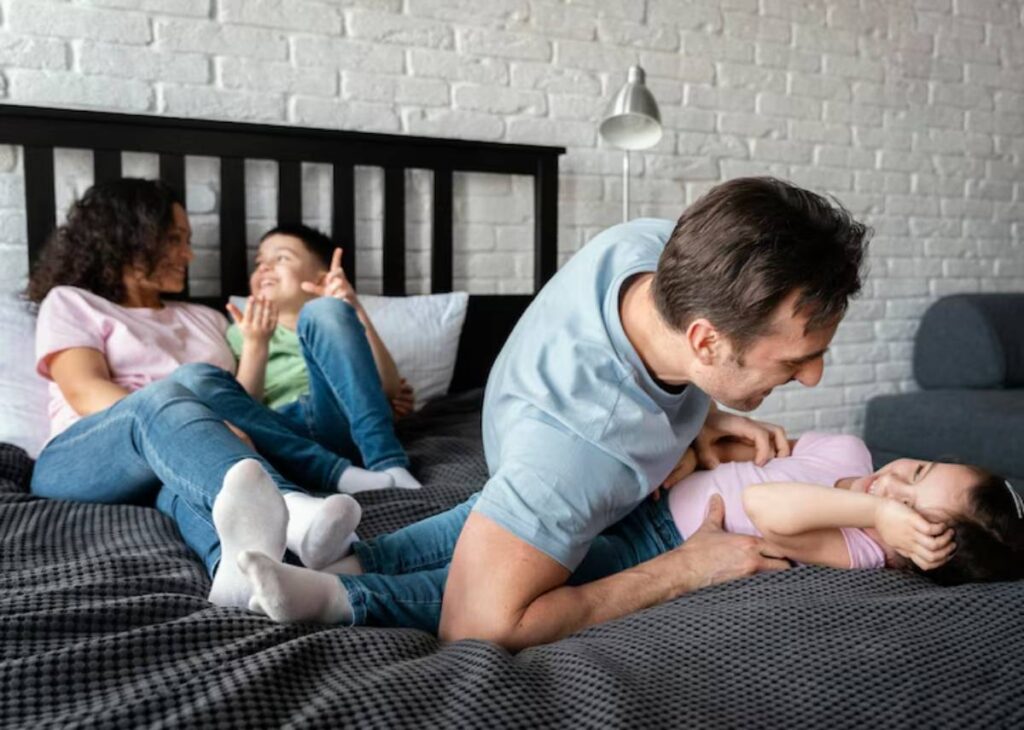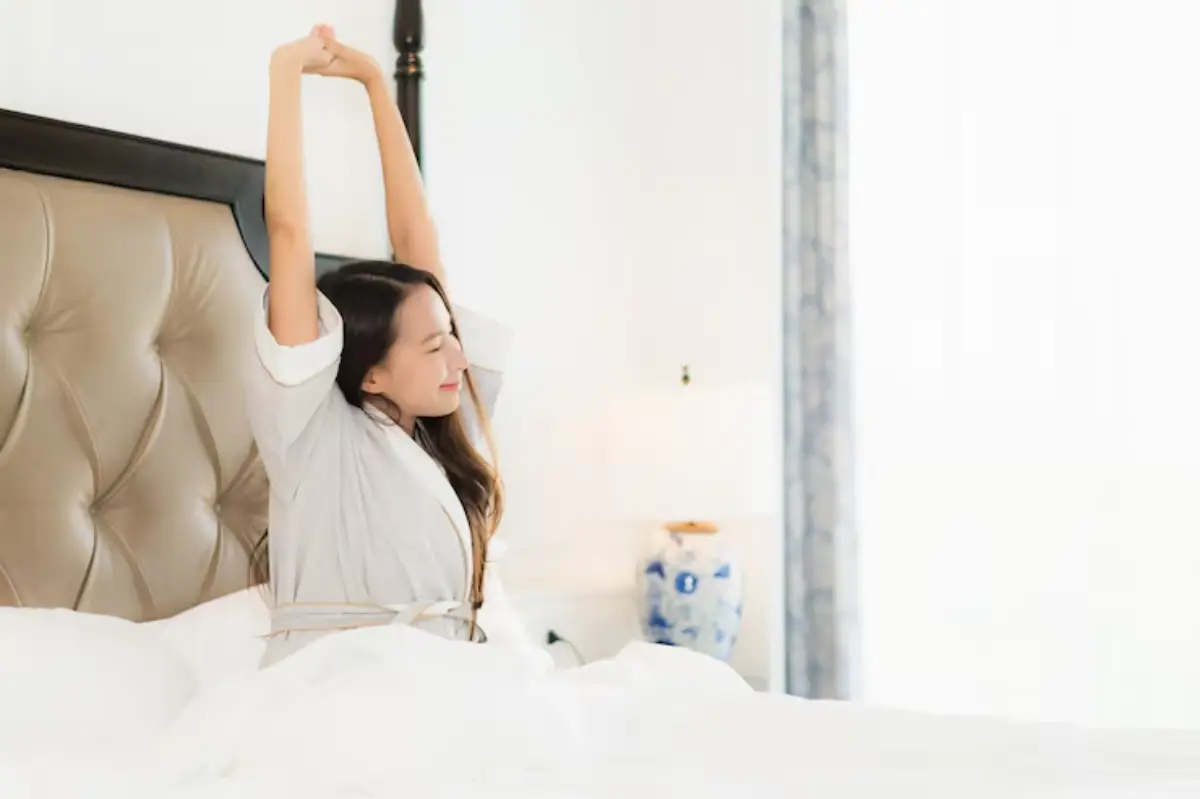The Personal Development Blog

What Happens After 30 Days of Digital Minimalism
Day one is the easy part. You log off, silence notifications, and tidy up your digital clutter. You feel ambitious, maybe even relieved. By week two, though, you start to squirm. The space where constant pings used to live is now eerily quiet. Your thumb reaches for apps you’ve deleted. You realise just how deeply embedded digital reflexes have become.
Welcome to digital minimalism — not a tech-free existence, but a more intentional one. Committing to 30 days of digital minimalism is less about restriction and more about clarity. It’s a reset. A way to untangle your mind from the noise and rediscover how you want to spend your time, attention, and energy.
In this article, we’ll explore what happens during and after a 30-day digital decluttering challenge — not just practically, but emotionally and mentally. You’ll hear the common highs and lows, what shifts to expect, and how life changes once you’re on the other side.
Why 30 Days?
The Psychological Impact of Time-Bound Resets
Thirty days is long enough to break habits — but short enough to feel doable. Behavioural psychologists suggest that it takes 21 to 66 days to form or break a habit, depending on complexity. A 30-day experiment provides the commitment needed to push past initial discomfort and enter discovery mode.
You Begin to Notice Your Digital Defaults
Most people are unaware of how often they reach for their phones, check email, or scroll without purpose. A month of minimalism acts like a mirror. You see the automatic impulses, the boredom triggers, the emotional crutches. And awareness is where transformation starts.
The Four-Week Journey
Week 1: Withdrawal and Restlessness

- You’ll likely feel fidgety.
- Boredom may spike.
- You might worry you’re missing out.
Without apps and distractions, time feels slower. This is normal. You’re not doing it wrong — you’re detoxing. Let it feel uncomfortable. It won’t last.
Week 2: Reflection and Rebuilding
- Your mind starts to settle.
- You begin noticing what you’ve been neglecting.
- You crave more meaningful stimulation.
This is the turning point. You might go for more walks, revisit hobbies, or reach out to someone you haven’t spoken to in ages. You’re creating space for what matters.
Week 3: Deep Focus and Creative Flow
- Distractions have less hold.
- You experience longer stretches of deep work.
- Ideas start flowing again.
This week often brings a sense of clarity. Without the background noise of constant notifications, your brain finds room to think deeply, even restfully. It’s not uncommon for people to report a burst of creativity during this phase.
Week 4: Redefining Your Relationship with Tech
- You start imagining a new normal.
- You set personal boundaries you actually want to keep.
- You choose tech based on purpose, not habit.
This final stretch is about integration. What tools will you bring back? How will you use them differently? What have you learned about your time, your energy, your attention? To help guide that transition, you might find this guide on how to reintroduce tech mindfully useful in building a sustainable digital balance.
Real-Life Benefits After 30 Days
1. Increased Mental Clarity
Without a constant feed of external noise, your internal voice becomes louder. You may find it easier to make decisions, reflect, and prioritise. Many people describe it as waking up from digital fog.
2. More Time — And Knowing What to Do With It
Average screen time hovers around 3 to 5 hours per day. Reclaiming even half of that opens up space for rest, creativity, and connection. Post-detox, many rediscover the joy of doing “nothing” — or better, doing things they once loved but forgot.
3. Better Relationships
When you’re not constantly checking your phone, you’re more present with your kids, partner, friends, and even yourself. Eye contact, real conversations, and shared moments all increase. It’s not magic. It’s just attention.
4. Restored Sleep and Energy

Blue light, late-night scrolling, and overstimulation wreak havoc on your sleep cycle. After a digital reset, many report falling asleep faster, waking more rested, and having more stable energy throughout the day.
5. Sustainable Tech Boundaries
You come out of the 30 days not just using tech less, but using it better.
You begin to:
- Delete apps permanently
- Turn off non-essential notifications
- Set screen-free hours or zones
- Use focus settings that stick
These aren’t rules imposed from the outside. They emerge naturally because you’ve felt the difference.
What Stays Hard (and What Gets Easier)
Harder:
- Social expectations: People may question why you’re not available 24/7.
- Work culture: Slack, email, and meetings are baked into most job structures.
- Mindless reflexes: Picking up your phone out of habit takes time to unlearn.
Easier:
- Saying no to unnecessary meetings or calls.
- Enjoying solitude without panic.
- Prioritising doing over scrolling.
These trade-offs are real, but most people find the gains outweigh the challenges. You may still use technology often. You just won’t use it unconsciously.
Lessons People Commonly Learn
- You’re not missing as much as you think. Most notifications can wait.
- Silence is productive. It creates space to think, create, and simply be.
- Discomfort reveals needs. If boredom arises, it might point to a deeper desire for purpose or change.
- Presence feels like a superpower. Whether it’s a walk without headphones or a conversation without checking your phone, undivided attention is transformative.
Where to Go From Here
Redesign, Don’t Revert
You don’t need to stay in digital detox mode forever. But what you do need is a conscious return. Choose what you bring back — and how.
Consider:
- Keeping weekends screen-free
- Turning email off outside work hours
- Using a dumb phone or greyscale mode during deep work blocks
Share the Journey
Many people feel alone in this effort. But digital minimalism is growing. Consider inviting a friend to do the next round with you, or sharing your insights in a short post. Your experience may inspire someone else. If you’re curious about what a tech-free weekend might actually feel like, explore our guide to weekend digital minimalism for practical ideas to unplug and recharge.
Final Thoughts: The Quiet Power of Clarity
Thirty days won’t solve everything. But it will change your relationship with time, attention, and technology. You’ll start to notice what nourishes you — and what drains you. You’ll stop reaching for your phone every spare second. You’ll remember how to be bored, and why that’s a gift.
Most importantly, you’ll reclaim your agency. You’ll stop being a product of algorithms and start becoming the architect of your own life.
If that sounds radical, good. It is.
Because the most important things in life don’t vibrate, ping, or refresh. They just require your presence.









